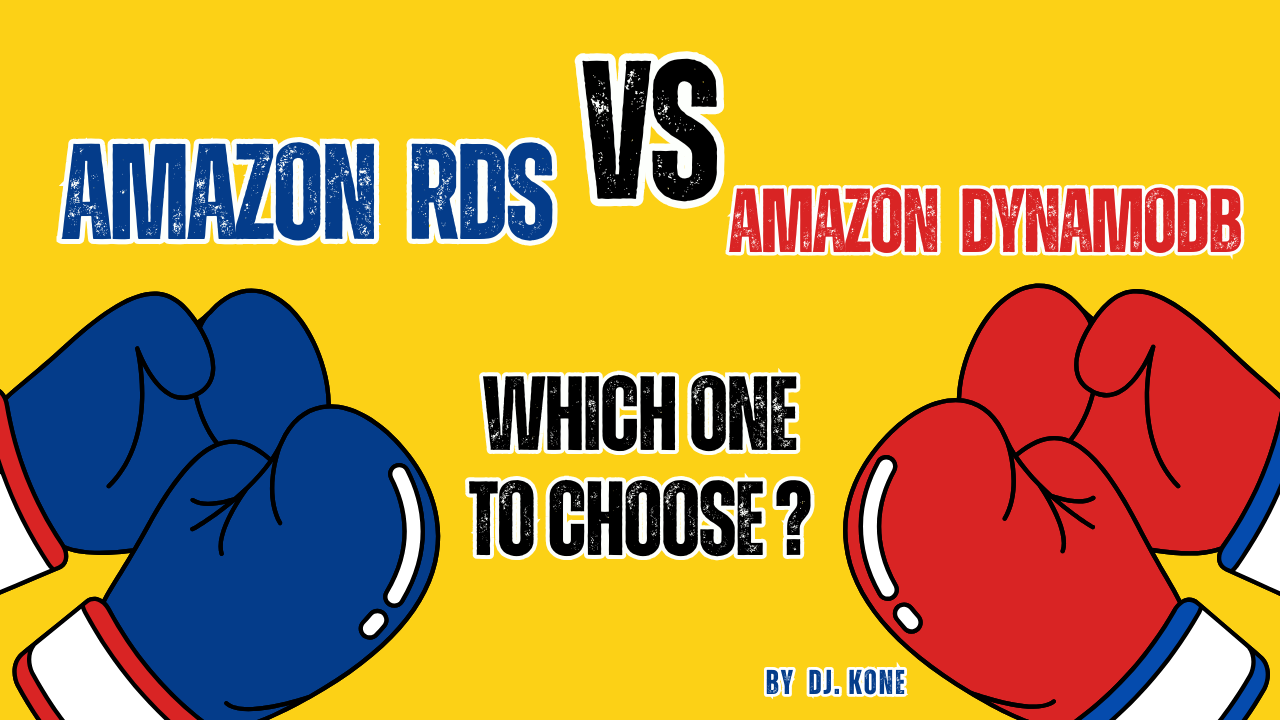RDS and DynamoDB, which one to choose?
When working with AWS, knowing which service to choose for the right workload is the real challenge. Today, let’s talk about two popular database services: RDS and DynamoDB.
Amazon RDS (Relational Database Service) is a managed relational database service that supports SQL databases like MySQL, PostgreSQL, MariaDB, Oracle, and SQL Server.
Think of RDS as the structured and reliable option. If your app relies on features like complex queries, relationships between tables, or transactions that must be 100% accurate, RDS is your go-to.
Amazon DynamoDB is a fully managed NoSQL database service designed for low-latency, high-performance workloads.
Think of DynamoDB as the cool, fast, and flexible database. It’s designed to handle massive traffic and dynamic data that doesn’t fit neatly into rows and columns. If you need speed, scalability, and simplicity, DynamoDB is your best bet.
How to decide which one to choose:
Choose RDS if:
- You are working on apps like financial systems, inventory management, or any use case heavy on structured data and reporting.
- You need SQL and can’t live without those JOINs and relationships.
- You are migrating an existing on-premises relational database to the cloud.
Choose DynamoDB if:
- You are building apps like gaming leaderboards, real-time chat, IoT platforms, or anything with unpredictable traffic and dynamic data.
- You need super-fast performance for high-traffic workloads.
- Your data is constantly changing, and you don’t want to deal with a rigid structure.
So, what about you? Which database have you used in the past (RDS or DynamoDB)?
- - - - - - - -
🛠 Contact Me:

